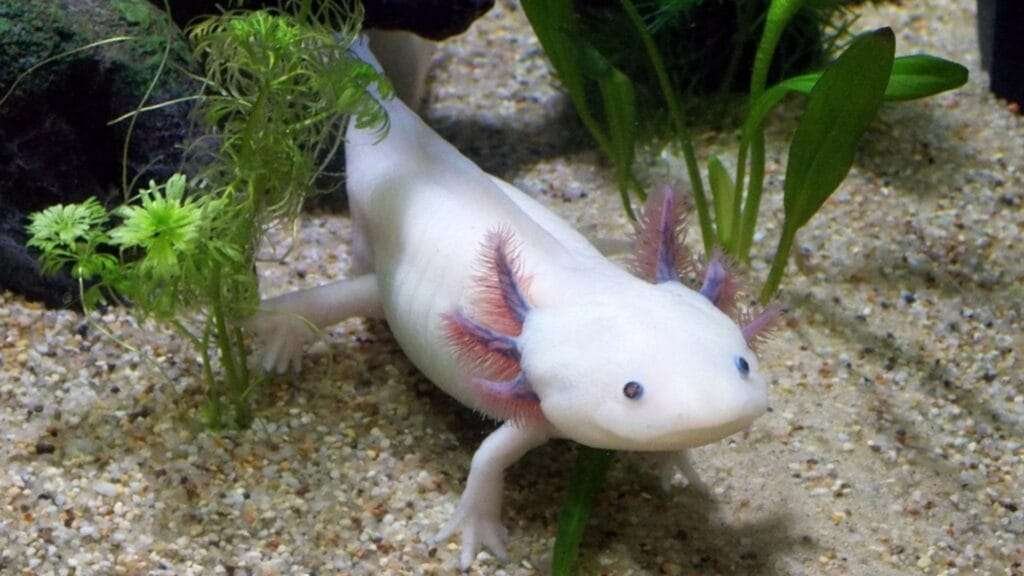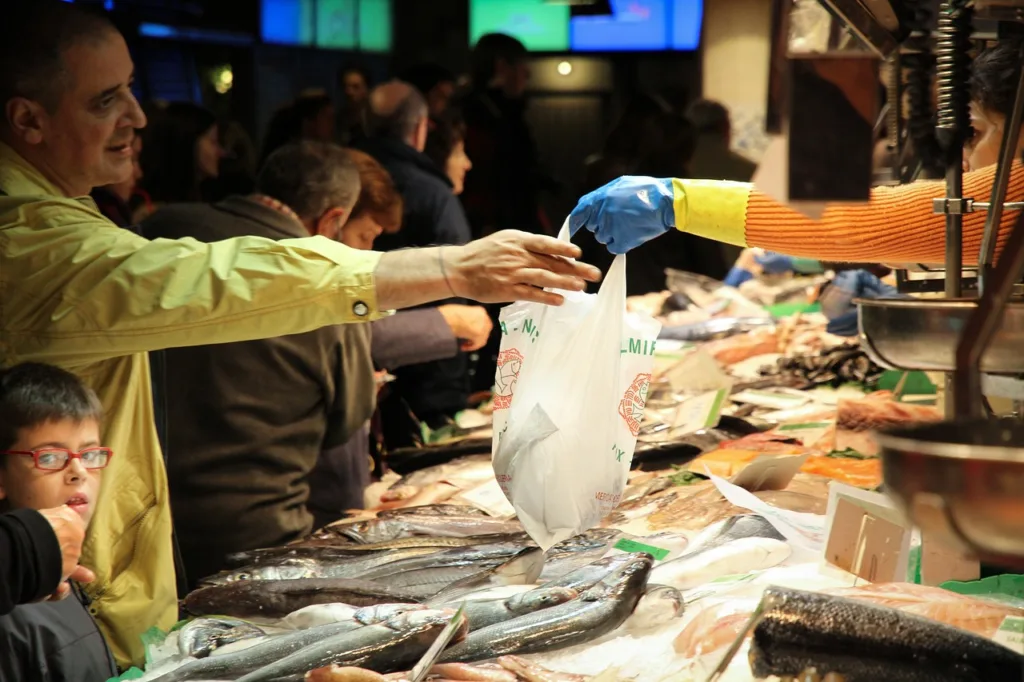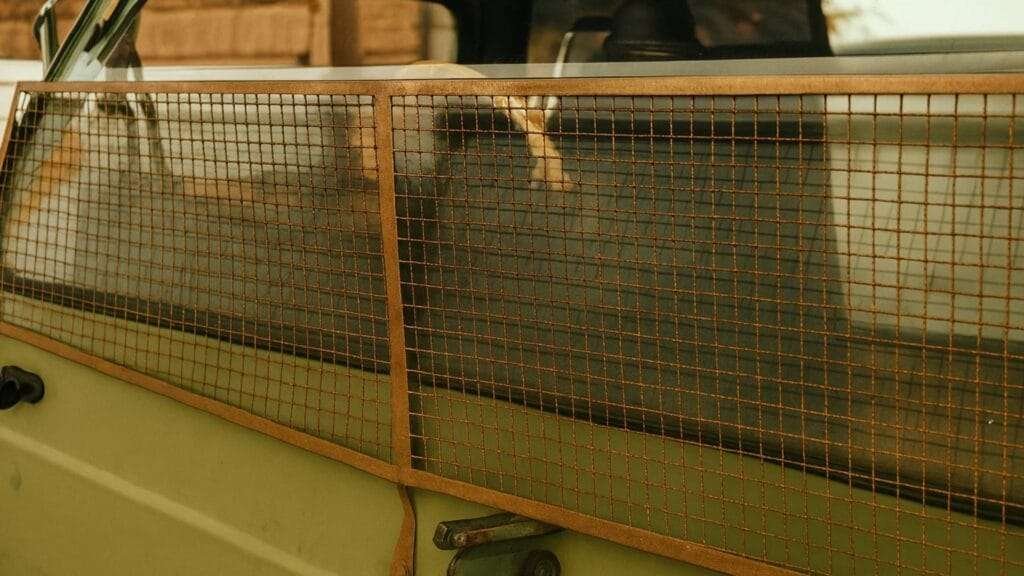The Fascinating Axolotl is on the Brink of Extinction.
Do you know what an axolotl is? If not, no problem, the Axolotl is a somewhat different little creature. It is likely that you might have heard of it by other names such as the Mexican Walking Fish or the Water Monster. The Axolotl is actually a salamander, not a fish, as many people still believe.
The Axolotl, a fascinating little amphibian native to Mexico, is facing a significant threat from urbanisation. Many people around the world are eager to do what they can to help prevent them from becoming extinct.
I therefore thought that today we could discuss what makes them unique, why they are endangered, and what we can do to help keep them alive.
The Axolotl is a rather unique species among amphibians.
What sets the Axolotl apart from other amphibians is its ability to remain in its larval form throughout its entire life.
While most amphibians undergo metamorphosis and transition to a terrestrial lifestyle, the Axolotl retains its gills and remains aquatic.
This remarkable feature, known as neoteny, gives them a distinct appearance and behaviour.
With their external gills, feathery fronds, and a wide range of colours including shades of pink, white, and black, Axolotls are truly a sight to behold.
They have the ability to regenerate lost body parts, making them even more extraordinary.
This regenerative power has fascinated scientists and has the potential for groundbreaking medical research.
The plight of the poor old Axolotl.
Despite their unique qualities, Axolotls face a severe threat to their survival. They are currently listed as critically endangered on the IUCN Red List, for those that are not familiar; the IUCN is a comprehensive database that assesses the conservation status of various species worldwide.
Developed by the International Union for Conservation of Nature (IUCN), this list provides critical information about the risk of extinction faced by different species & organisms.
The main reason for the decline in Axolotls numbers thanks to Humans, their loss of their natural habitat is due to urbanization and pollution.
Additionally, introduced rather nasty species such as tilapias and perch in their native habitats find Axolotls to be delicious and this situation is also contributing to their decline in the wild.
It is essential that we take action to protect and conserve these incredible creatures before they disappear forever. One way we can contribute is by considering them as pets.
Breeding and Pet Keeping of Axolotls.
By breeding Axolotls in captivity, we can help increase their numbers and reduce the pressure on their wild populations.
Axolotls are relatively easy to care for and can be kept as pets in home aquariums. However, it is crucial to provide them with the specific conditions they need to thrive.
Care Requirements for Keeping Axolotls as Pets.
1. Aquarium Size: Axolotls require a spacious tank with a minimum size of 90 Litres/20 gallons for a single adult. A larger tank is recommended for multiple Axolotls or if you plan on breeding them.
2. Water Temperature: Axolotls prefer cooler water temperatures between 15°C and 20°C (60°F and 68°F). It is essential to maintain a stable temperature to ensure their well-being.
3. Filtration: A good filtration system is necessary to keep the water clean and free from harmful substances. Axolotls are sensitive to ammonia and nitrites, so regular water changes are also crucial.
4. Substrate: Use a soft substrate such as sand or smooth gravel to prevent any injuries to their delicate skin.
5. Hiding Places: Provide hiding spots like caves or plants to create a sense of security for your Axolotls.
6. Feeding: Axolotls are carnivorous and primarily eat live or frozen foods such as bloodworms, brine shrimp, and small fish. It is important to provide a varied diet to ensure their nutritional needs are met.
7. Lighting: Axolotls prefer low lighting conditions, so it is recommended to use subdued lighting in their tank.
8. Water Quality: Regular testing of water parameters such as pH, ammonia, nitrites, and nitrates is crucial to maintain optimal water quality for your Axolotls.
9. Handling: Axolotls have delicate skin and are sensitive to chemicals. It is best to avoid handling them unless necessary, and when you do, ensure your hands are clean and free from lotions or soaps.
10. Education and Research: Continuously educate yourself on Axolotl care and behaviour to provide the best possible environment for your pet.
Top 10 Reasons to Keep Axolotls as Pets.
1. Unique and captivating appearance.
2. Fascinating behaviour and regenerative abilities.
3. Low maintenance compared to other pets.
4. Relaxing to watch in their aquatic habitat.
5. Educational opportunities for children and adults.
6. Potential for contributing to scientific research.
7. They can live for up to 15 years in captivity.
8. They are peaceful and can be kept with compatible fish species.
9. Axolotls are a great conversation starter.
10. By keeping them as pets, we contribute to their conservation and preservation.
Things We Can Do To Help Prevent the Axolotl from becoming extinct.
1. Raise awareness of the value of protecting axolotls. Post interesting facts, news articles, and articles about axolotls on social media. Urge loved ones to find out more, and donate to respectable nonprofits and environmental organisations.
2. Donate to organisations that are committed to the protection of axolotls to support conservation efforts. To locate trustworthy choices, search for “axolotl conservation group” or “save axolotls charity.”
3. Develop and maintain habitats for axolotls. This entails preserving clean water sources and safeguarding their spawning areas, which include wetlands and lakes.
4. Releasing an axolotl into the wild is not advised if you own one. Instead, to find your pet a good home, get in touch with your neighbourhood animal shelters or rescue organisations.
5. Avoid installing bright lighting in tanks if you keep axolotls as it can cause stress.
6. Get involved in cleaning up wetlands where axolotls live. Let’s do what we can about removing pollutants and debris in their habitats to help provide them with a decent home.
Conclusion.
The Axolotl is a remarkable little fella that deserves our attention and care. By understanding their unique qualities, supporting conservation efforts, and considering them as pets, we can help ensure their survival for generations to come.
Let’s work together to protect these extraordinary amphibians and appreciate the wonders of nature.








